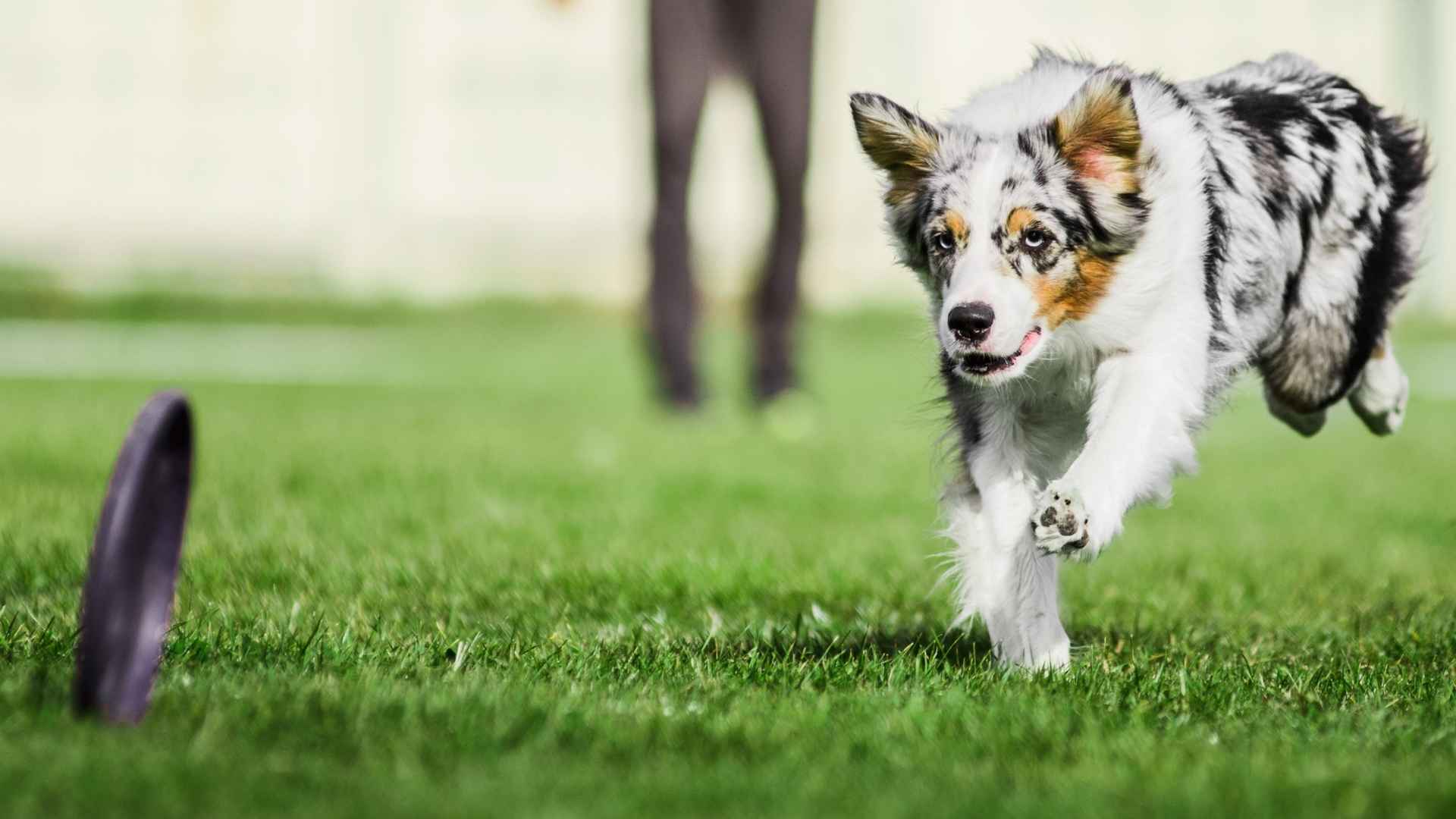Some dogs don’t slow down—because they’re not supposed to. They were built to move, to work, to chase, to explore. Their energy isn’t a problem to fix. It’s a trait to understand.
While calm, easygoing dogs might suit quiet homes, high-energy dogs suit action-packed lives. They don’t nap through the afternoon—they live it. And they’re not for everyone. These breeds need more than love—they need direction, stimulation, and movement.
But for the right home, their spark becomes something powerful. They bond through activity. They show affection through play. They shine when challenged.
If you’ve ever looked at a blur of fur sprinting across the yard and wondered, “How do they still have energy?”—this list breaks down the dogs that live on full blast, and what it means to welcome one.
Hyperactive Dog Breeds
1. Border Collie

Border Collies are known to learn commands in fewer than five repetitions, making them one of the quickest learners among all breeds. Their alertness is constant, and they pick up subtle cues even during routine activities. This sharp awareness contributes to their nonstop need for engagement and movement.
Energy That Requires Direction
Long walks alone won’t meet their energy needs unless paired with complex mental tasks. Without challenges like agility, scent work, or herding exercises, they can become restless quickly, as mentioned in Britannica. They’re one of the few breeds that require both types of stimulation to remain balanced.
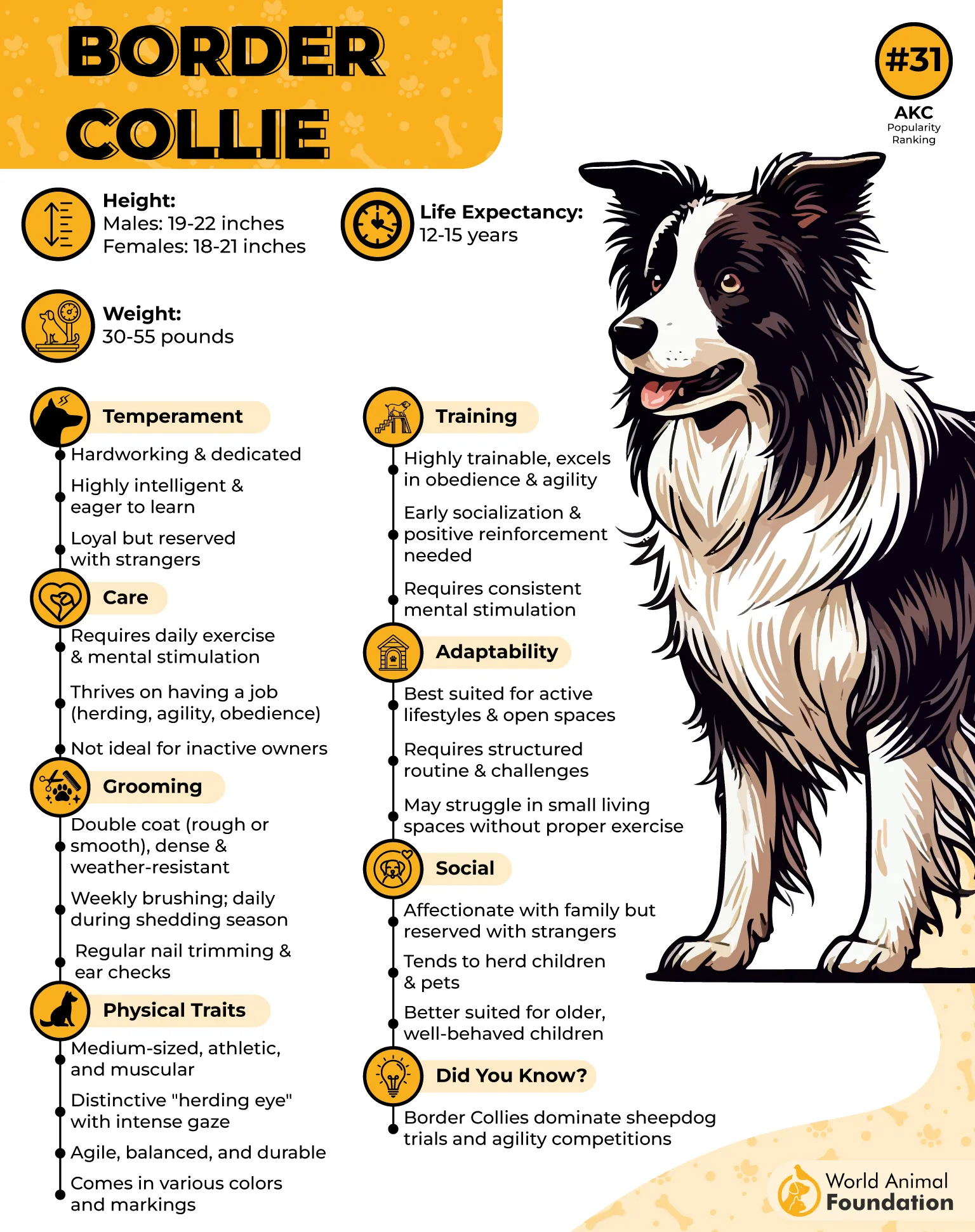
Physical Traits Built for Speed
Their lean body and smooth, low gait help them move quickly across uneven terrain. Originally developed for herding in wide open fields, they can maintain speed and stamina for long hours. This combination places them among the top high-energy dog breeds worldwide.

Focus That Rarely Breaks
They often display an intense gaze called “the eye,” used during both play and work. Even during off-leash activities, their attention stays locked onto their handler or task. Trainers often classify them as one of the most reliable active dogs in structured sports.
2. Jack Russell Terrier
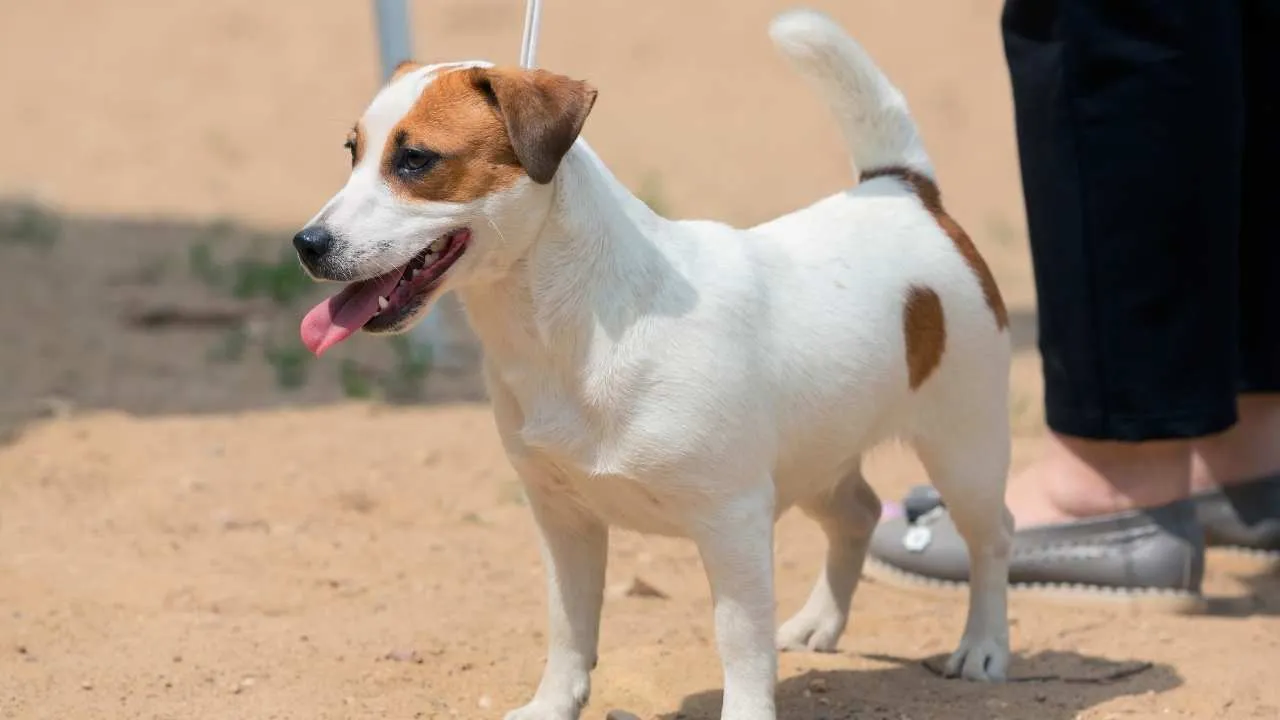
Did You Know: A Jack Russell Terrier named “Uggie” starred in the Oscar-winning film The Artist, earning international attention for its trainability and energy.
Jack Russells were developed for fox hunting, which explains their high reactivity and constant scanning behavior. Their movements are quick, often including short bursts of running and sudden changes in direction. Even indoors, they tend to stay alert to minor sounds or objects in motion.
Needs Constant Interaction
Leaving them alone or unstimulated usually results in digging, barking, or escape attempts. They require active human involvement through games, scent work, or structured play routines. Without these outlets, energy builds up faster than it’s released.
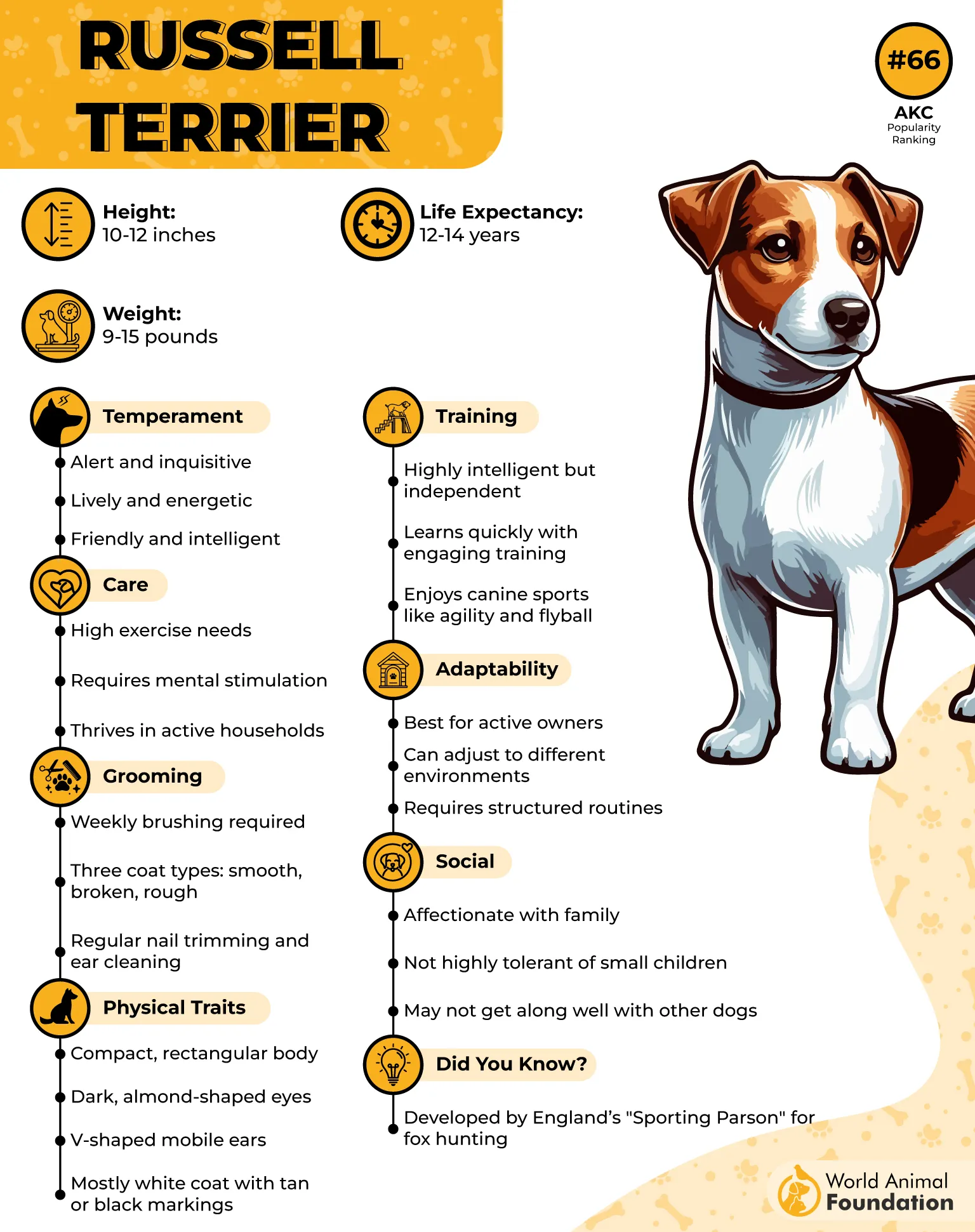
Athleticism Packed in a Small Body
Their muscles are tightly packed and optimized for speed, jumps, and endurance over long play periods. This compact strength makes them excel in agility courses and fast-paced dog sports competitions. Even older Jack Russells often outperform younger, less agile breeds.
High Drive Around Movement
They commonly chase moving animals, including cats or other dogs, and benefit from early socialization. Their prey drive isn’t aggressive but is strongly instinctual and triggered by sudden motion.
3. Labrador Retriever
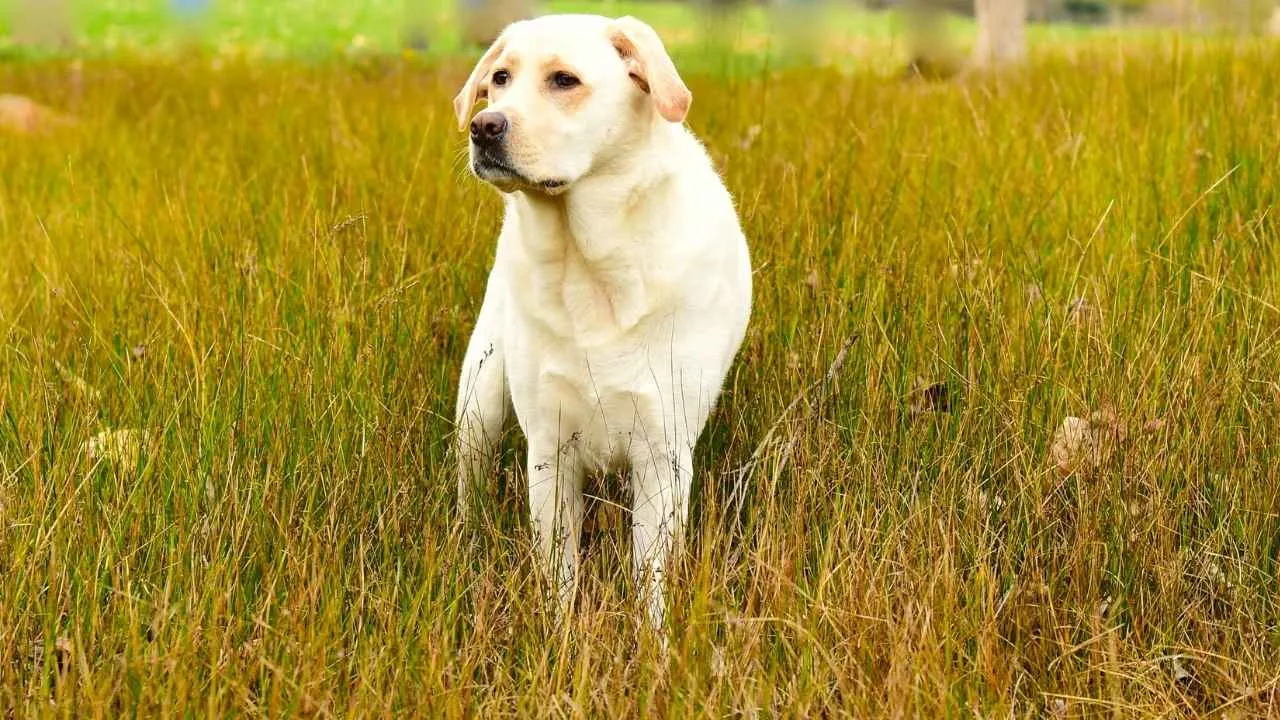
Labs are one of the few breeds that retain puppy-like energy well into adulthood. They enjoy daily challenges and structured play more than casual lounging. Their eagerness to stay active has made them one of the most requested dogs in field training programs.
Muscular Build Made for Endurance
Their strong hind legs and water-resistant coat support hours of activity in both land and water. Labs have excellent stamina and were originally used in retrieving game across long distances. These traits continue to make them a dependable choice in various working breeds categories.
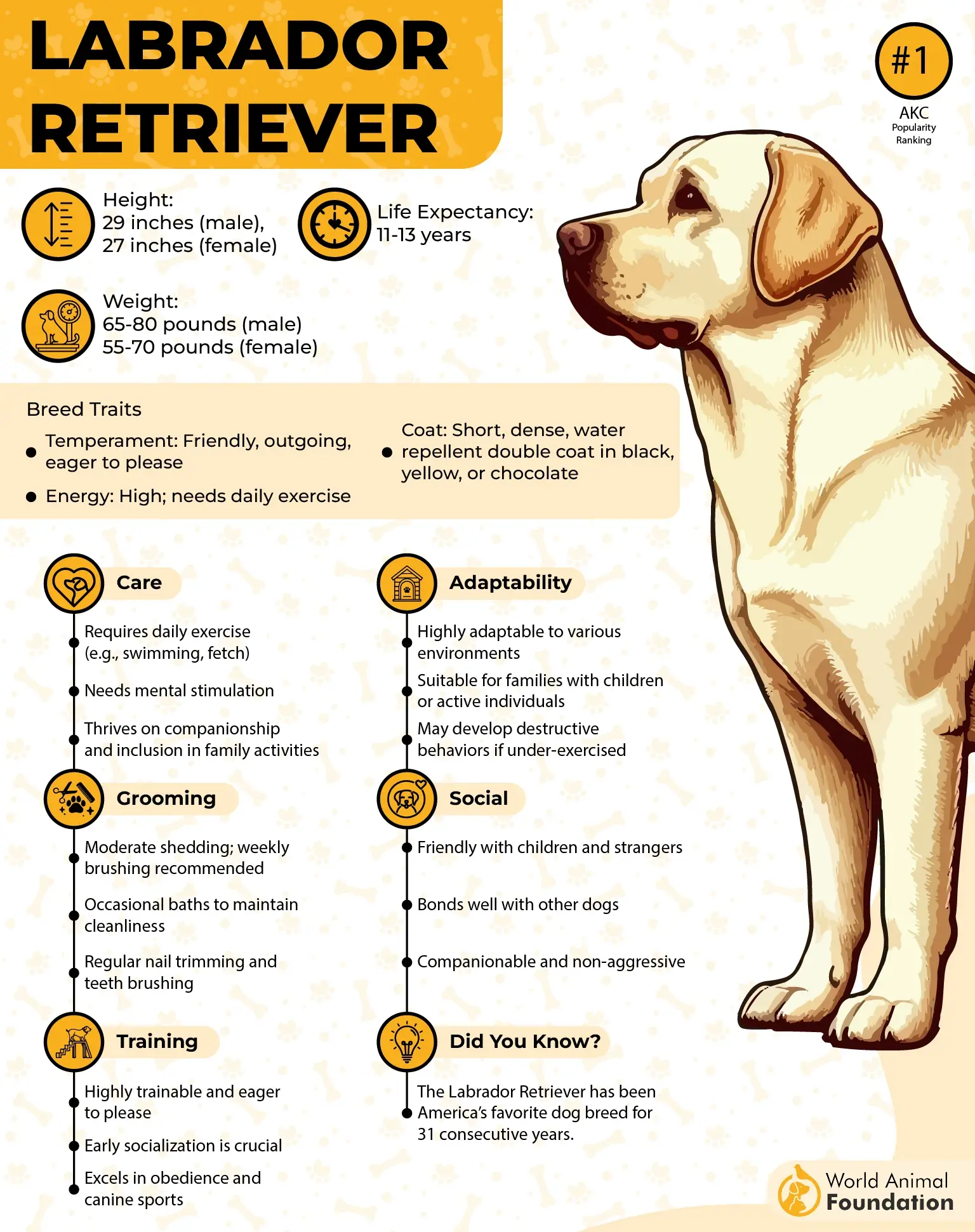
Needs That Go Beyond Walks
Without regular fetch sessions, swimming, or agility tasks, Labs may become bored or destructive. Their energy needs are better met through interactive routines involving people or other pets. They’re ideal for homes that maintain an active lifestyle every day.
Popularity Backed by Utility
They have ranked as the most registered breed with the American Kennel Club for over three decades. Part of this popularity is their trainability and consistent temperament during repetitive tasks. They also remain one of the top choices among families seeking a high-energy breed that responds well to structure.
4. Weimaraner
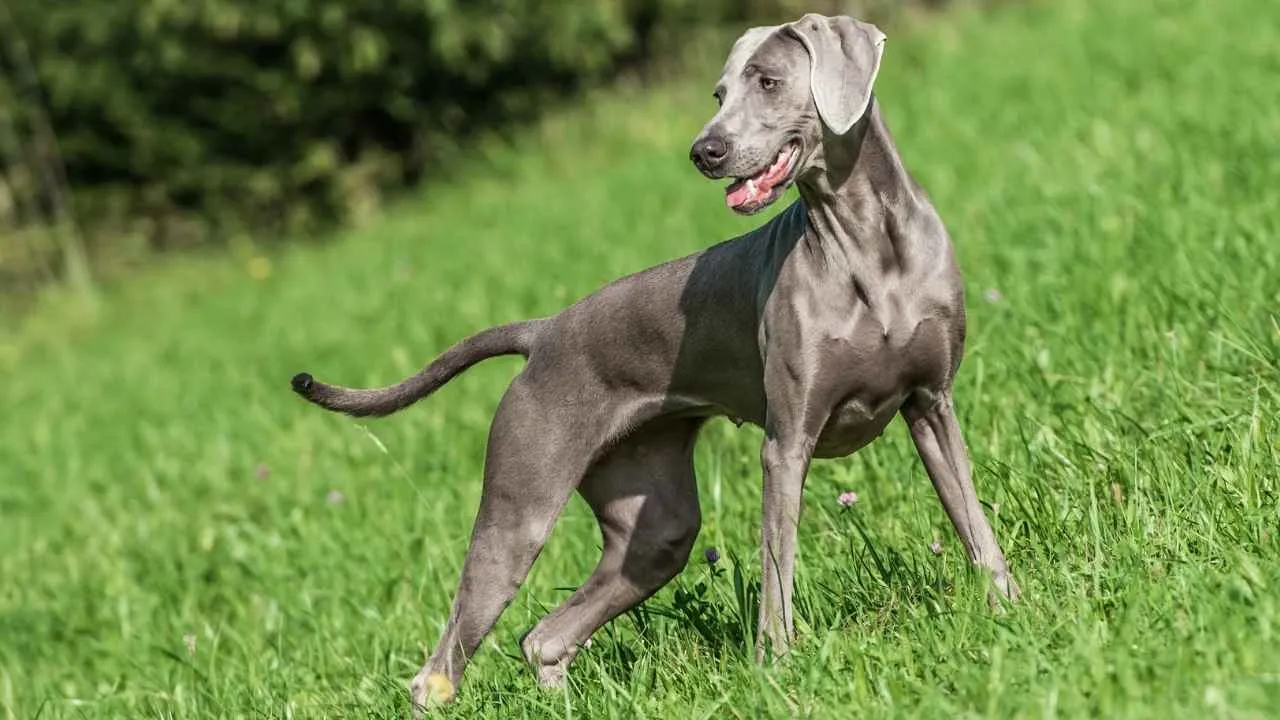
Weimaraners have an athletic build with deep chests, long legs, and powerful hindquarters for speed and endurance. They were originally bred in Germany for big game hunting, which explains their sustained energy and long-distance stamina. Even indoors, they move around with purpose and alertness.
Requires Structured Activity
Without structured outlets like long runs, swimming, or fetch drills, their energy often turns into restlessness. These dogs are not content with casual walks and demand consistent, intense physical exercise. Many owners schedule multiple sessions a day to keep their behavior in check.
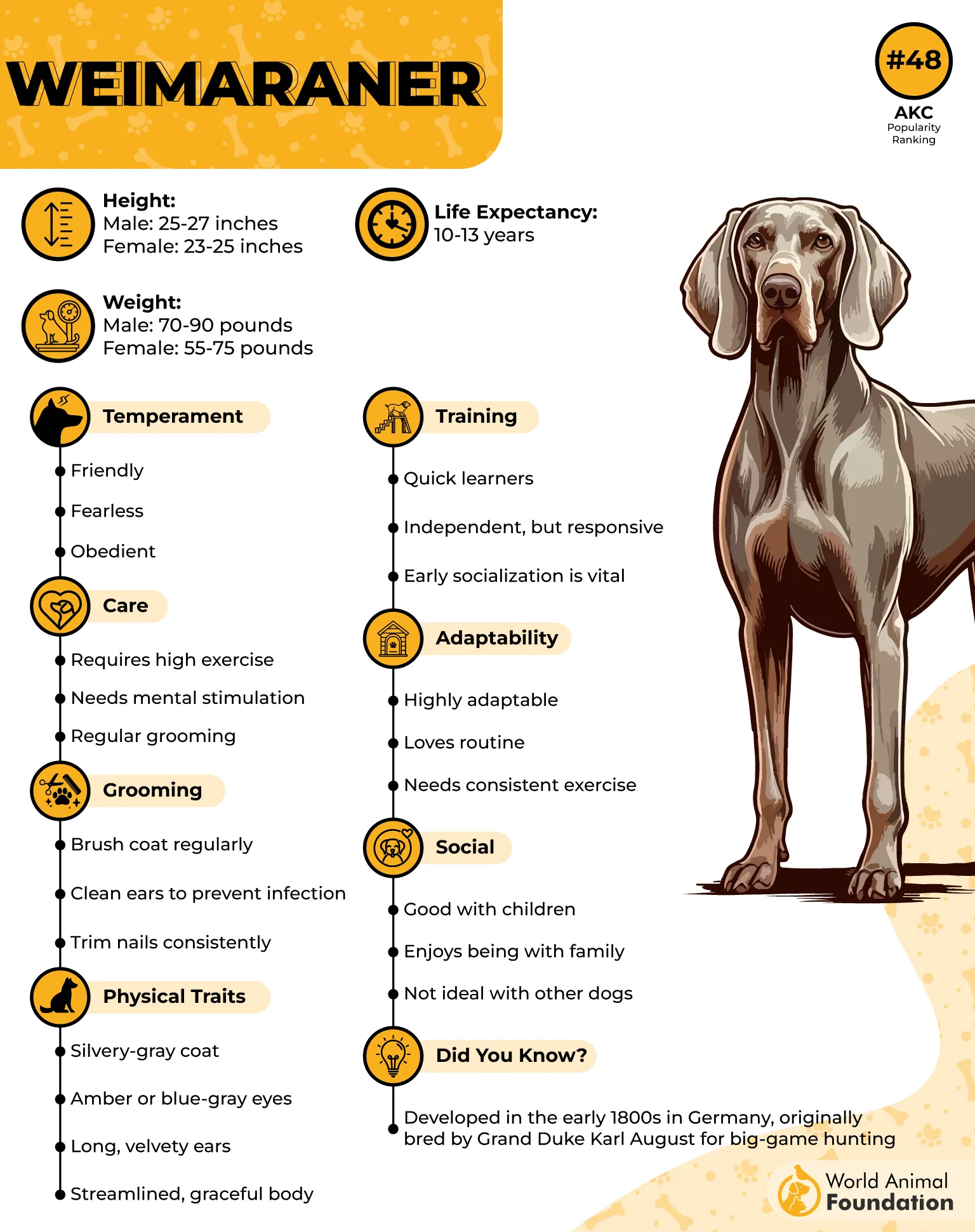
Mentally Wired for Constant Stimulation
They tend to stay mentally alert even after long activity periods, especially in stimulating environments. Their mind works fast, and they become bored quickly without tasks to solve or space to explore. Training sessions that include tracking, scent work, or obstacle-based challenges suit them well.
Social but High-Energy Around People
Weimaraners are often classified as friendly dogs, but can become overwhelming in small spaces if their energy isn’t managed. Their drive to be near people adds to their intensity, especially in multi-pet homes. Their excitement often comes with bounding movement and fast pacing.
5. German Shorthaired Pointer
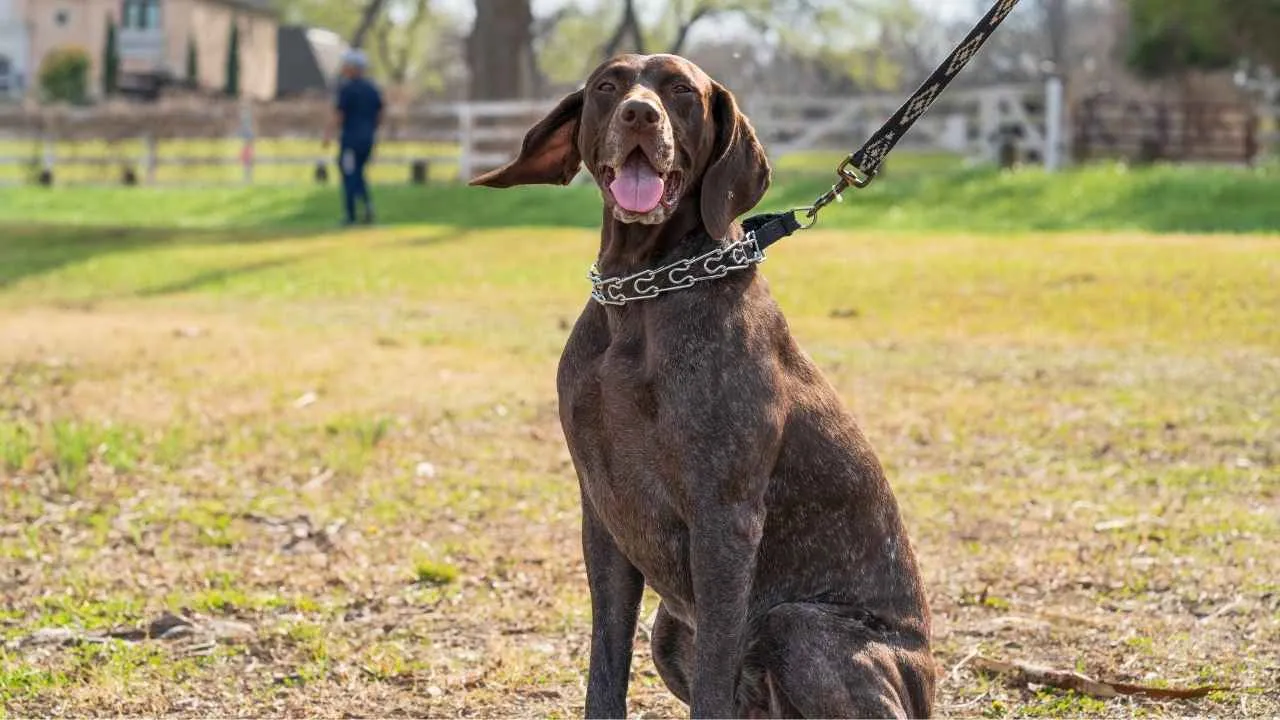
The German Shorthaired Pointer was developed to cover miles of terrain during hunting without slowing down. Their powerful legs and firm body structure support a steady working pace. Movement is built into their behavior, even during moments that seem unstructured or casual.
Responds Well to Daily Tasks
Owners often introduce structured drills like obstacle runs, hide-and-seek with scents, or field-style fetch. These tasks help use up both their energy and sharp awareness. Without stimulation, their restlessness often shows through pacing and vocal alerts.
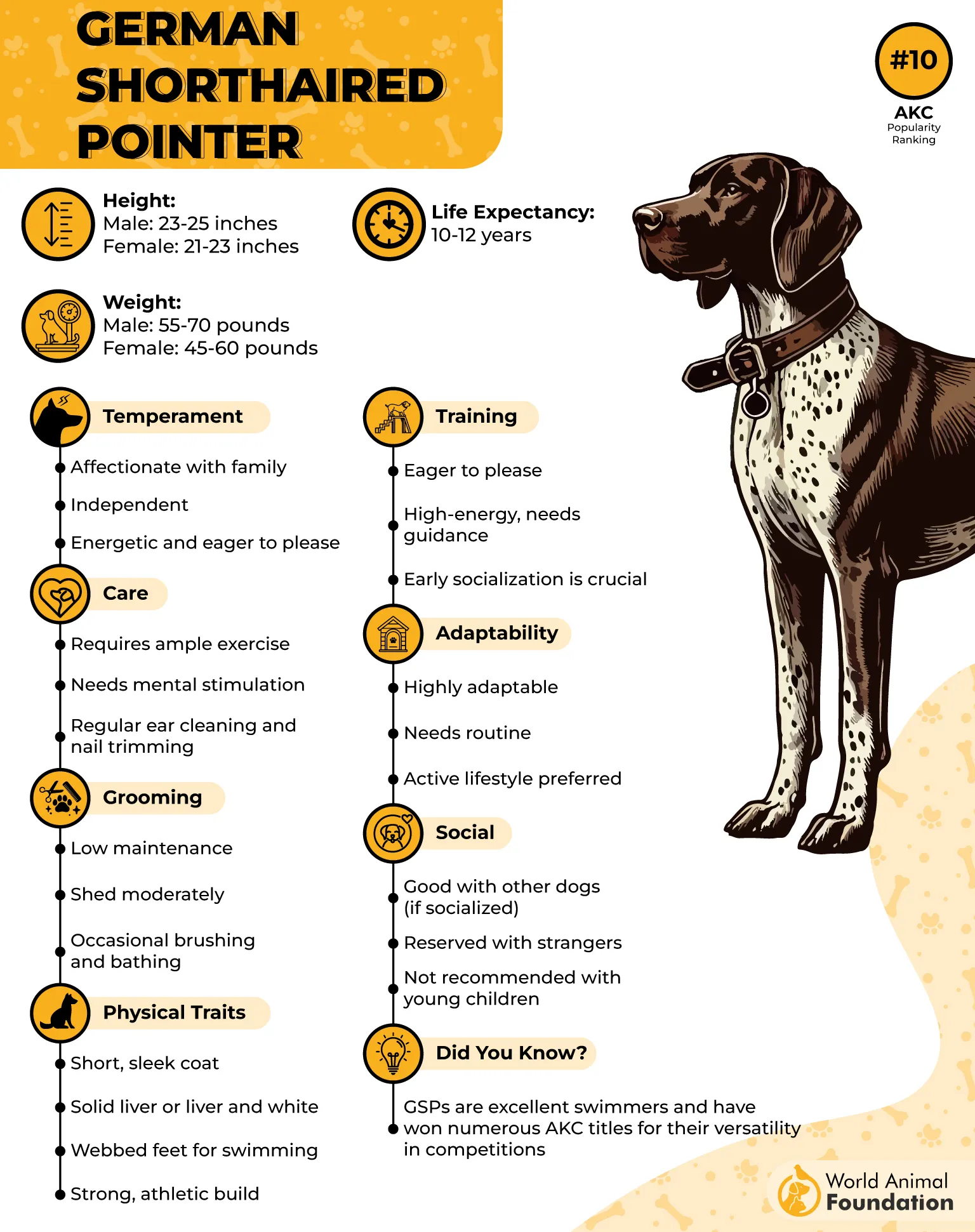
Athletic Body for the Outdoors
They have long limbs, a deep chest, and tight feet that support hours of movement. Their frame holds stamina even in warm weather or uneven terrain. With proper pacing and guidance, they can handle more than enough exercise daily.
Match for Active Households
This breed fits naturally into routines that include daily hikes, runs, or cycling. For an active person, they often become part of the schedule without needing extra planning. Their eagerness remains steady whether in a forest or a neighborhood trail.
6. Australian Shepherd
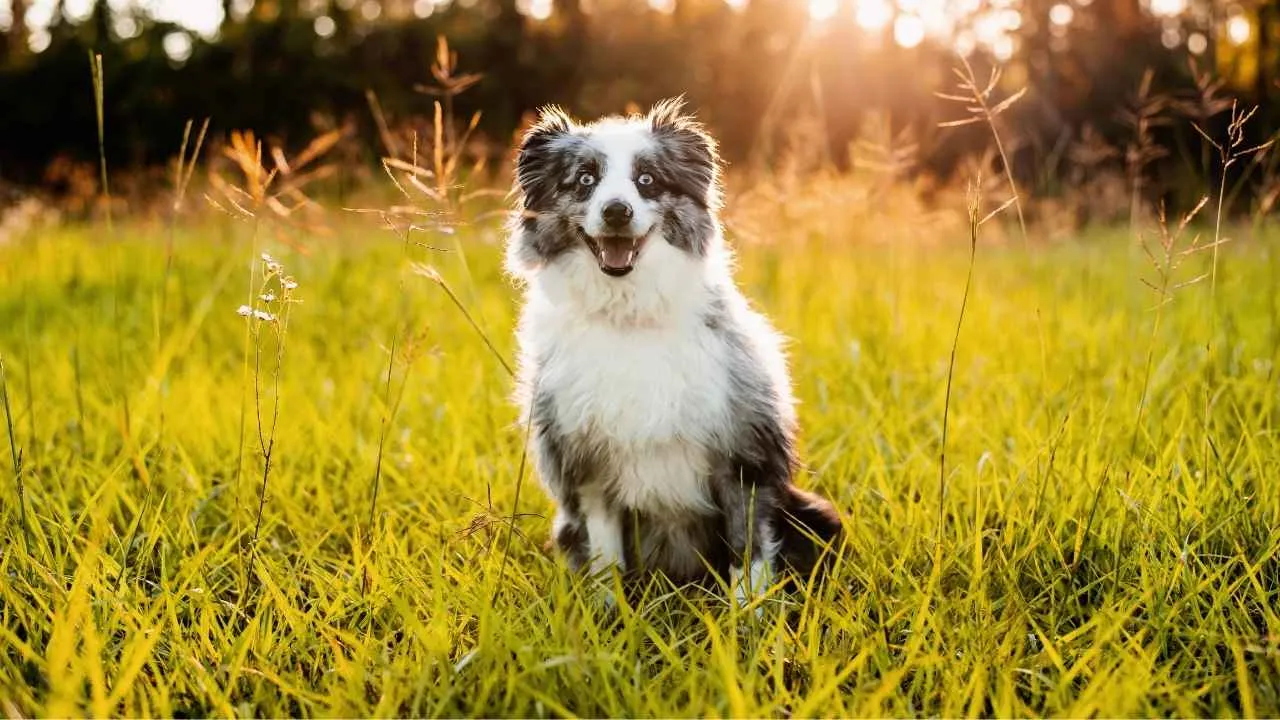
Australian Shepherds have a compact but muscular frame with excellent agility and stamina. Their working roots are tied to ranch herding in the western U.S., not Australia, as the name suggests. This background explains their high physical demand and constant pacing when under-stimulated.
Natural Need for Mental Engagement
Without mental challenges, they tend to create their own, often by herding people or chasing moving objects. Herding balls, trick routines, and obstacle courses help redirect that energy productively. Their need to “work” goes beyond games and thrives with structured daily tasks.
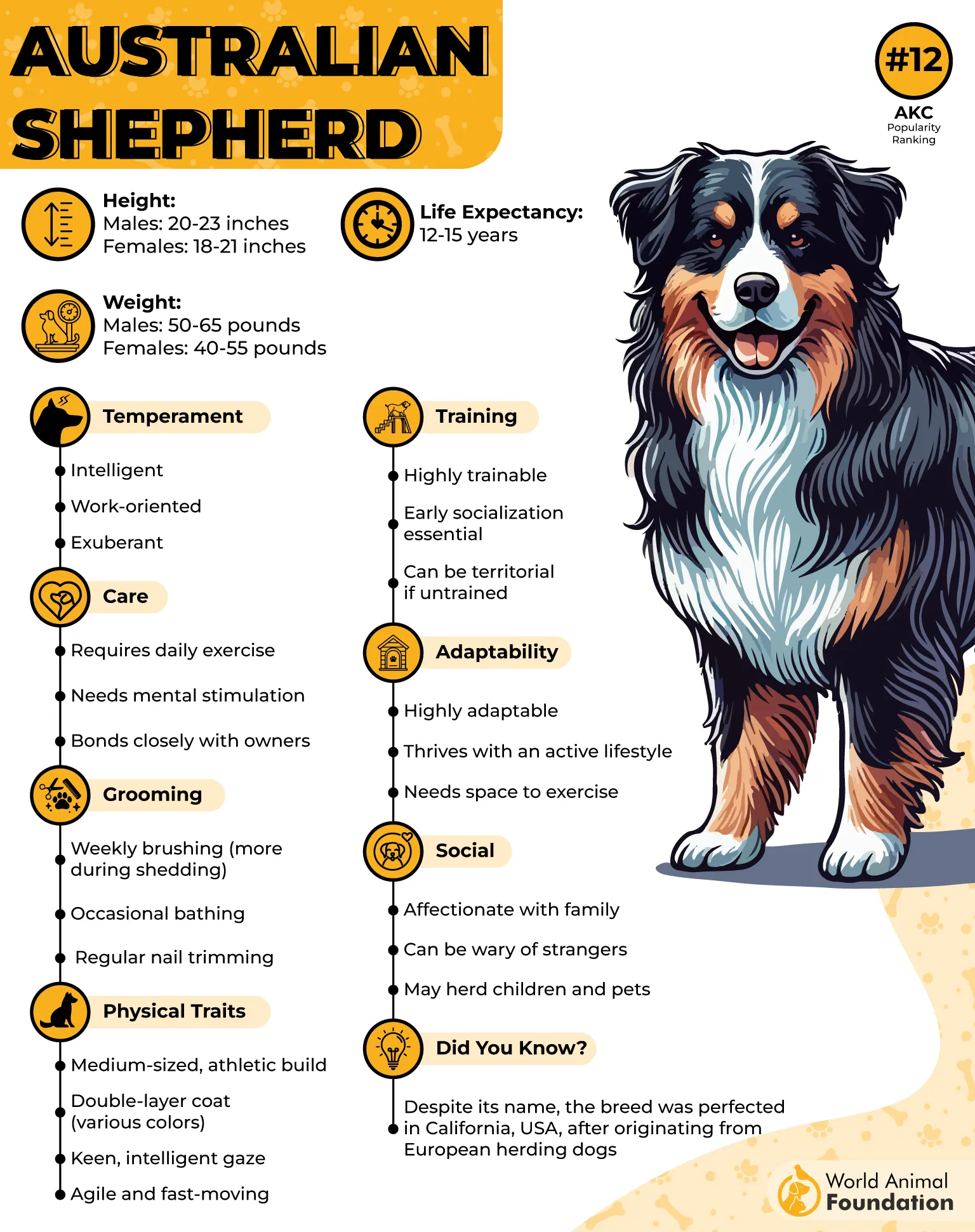
Response to Structure and Commands
They’re frequently seen in agility and obedience competitions because of their sharp memory and fast reaction time, as stated in Zealandia Pets. Training should begin early, using consistency and reward-based methods to manage their impulses. These sessions can also reinforce calmer behaviors during low-activity hours.
Full of Energy and Expression
Their alert eyes, often mismatched in color, reflect their sharp instincts and quick thinking. Highly intelligent, they respond instantly to tone changes and environmental cues. Many owners describe them as both energetic and playful, especially around children or other dogs.
7. Australian Cattle Dog
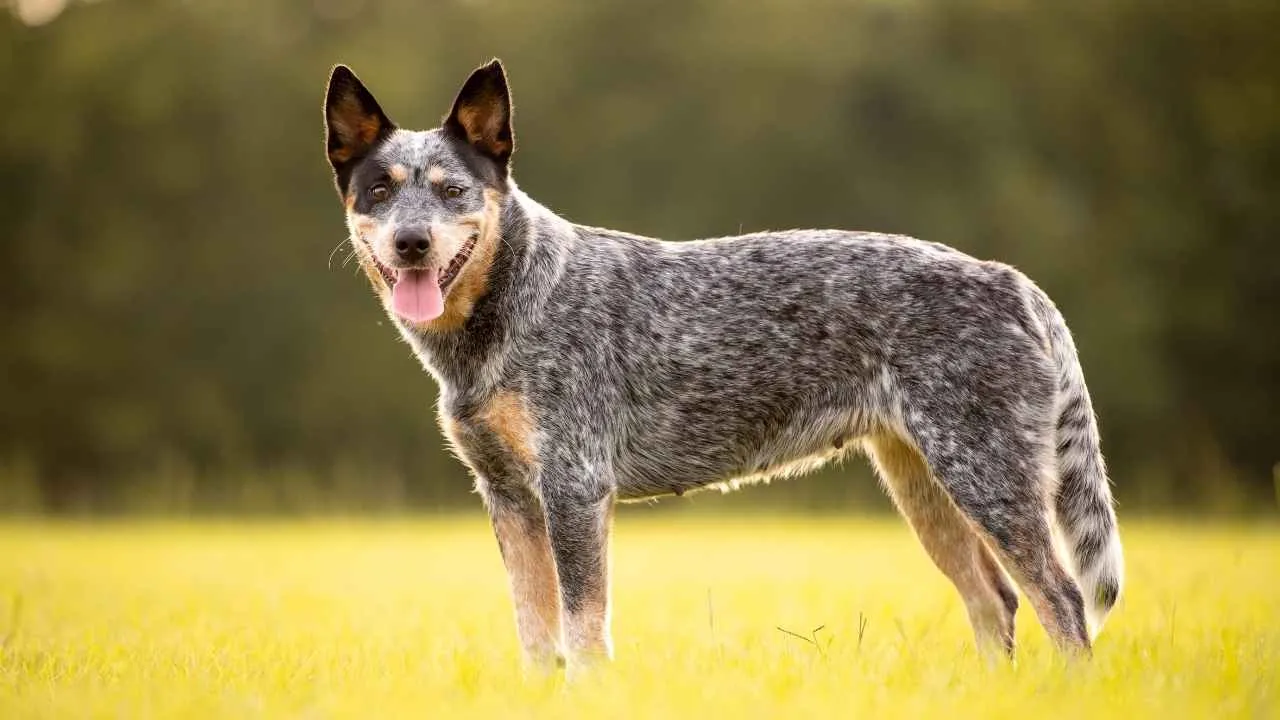
Bred to herd livestock over vast terrain, this breed is constantly alert and physically ready to move. Its body is compact but powerful, designed for speed and stamina. Without long daily activity, their energy often spills into pacing or digging behaviors indoors.
Brain as Active as the Body
They excel in puzzle-based tasks, scent work, and off-leash commands when trained consistently. Their intelligence demands frequent mental stimulation beyond walks or games of fetch. When underchallenged, they can show signs of frustration or become difficult to redirect.
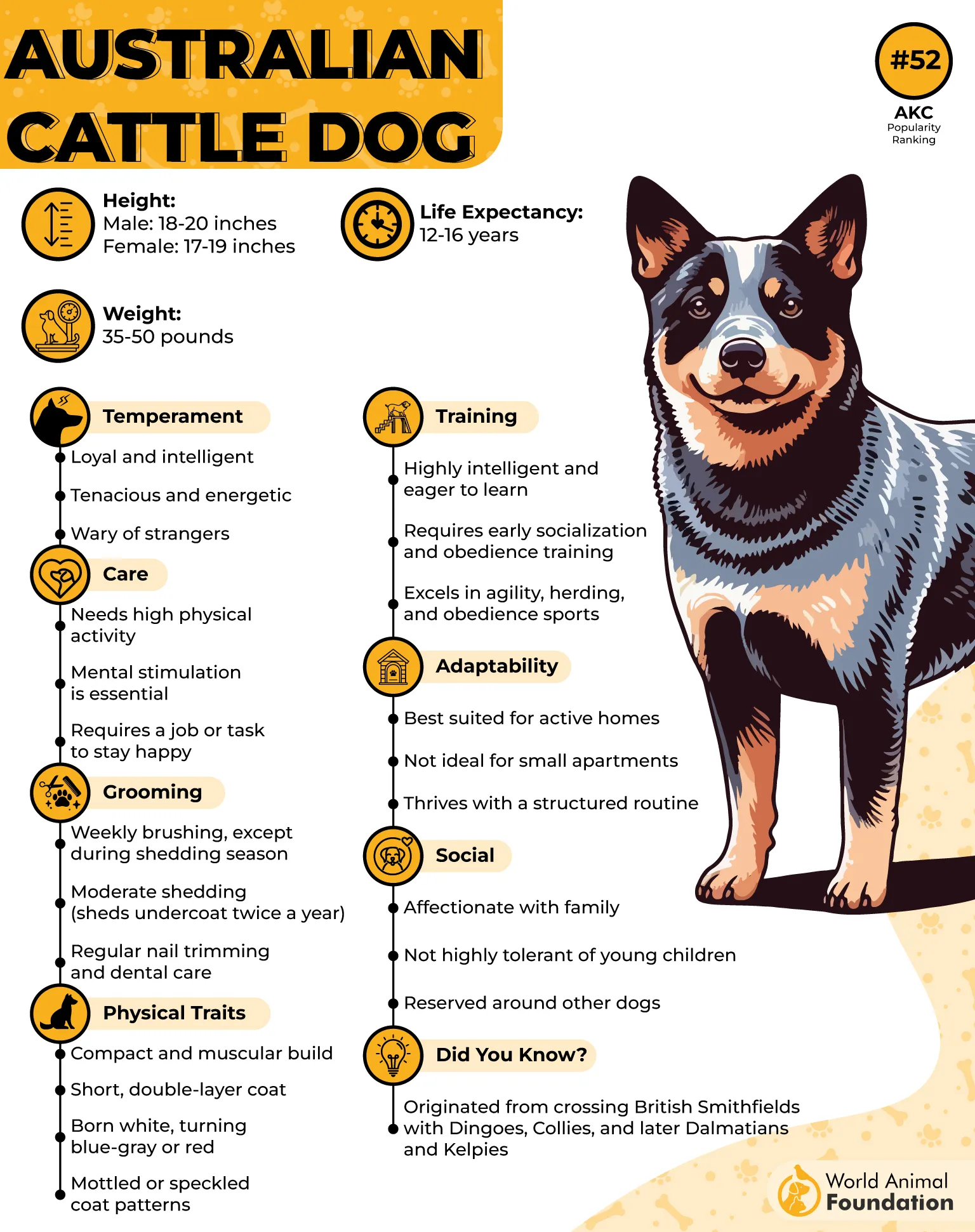
Tough Joints and Agile Build
With strong shoulders, durable paw pads, and a low center of gravity, they handle rough ground with ease. Their double coat offers protection during physical work in heat or rain. These physical advantages support their reputation among the most energetic dog breeds worldwide.
Loyalty That Can Be Intense
They form strong attachments and often develop protective instincts toward one or two people. Trainers emphasize early socialization to balance their intensity in new environments. Their sharp focus makes them responsive to detailed commands, especially in working scenarios.
Conclusion
Living with a high-energy dog means living at full speed. But it also means more smiles, more moments, more connection. These breeds listed above weren’t designed for stillness—they were built for a purpose.
With puzzle toys, adventure, and meaningful time outdoors, their boundless energy becomes something powerful. Many of them are naturally affectionate, responding to structure with loyalty and love.
Whether you choose a small dynamo or a big dog, the key is giving them more than just daily walks. They need to play games, direction, and a place in your routine. And in return, they give everything they have—every single day.


